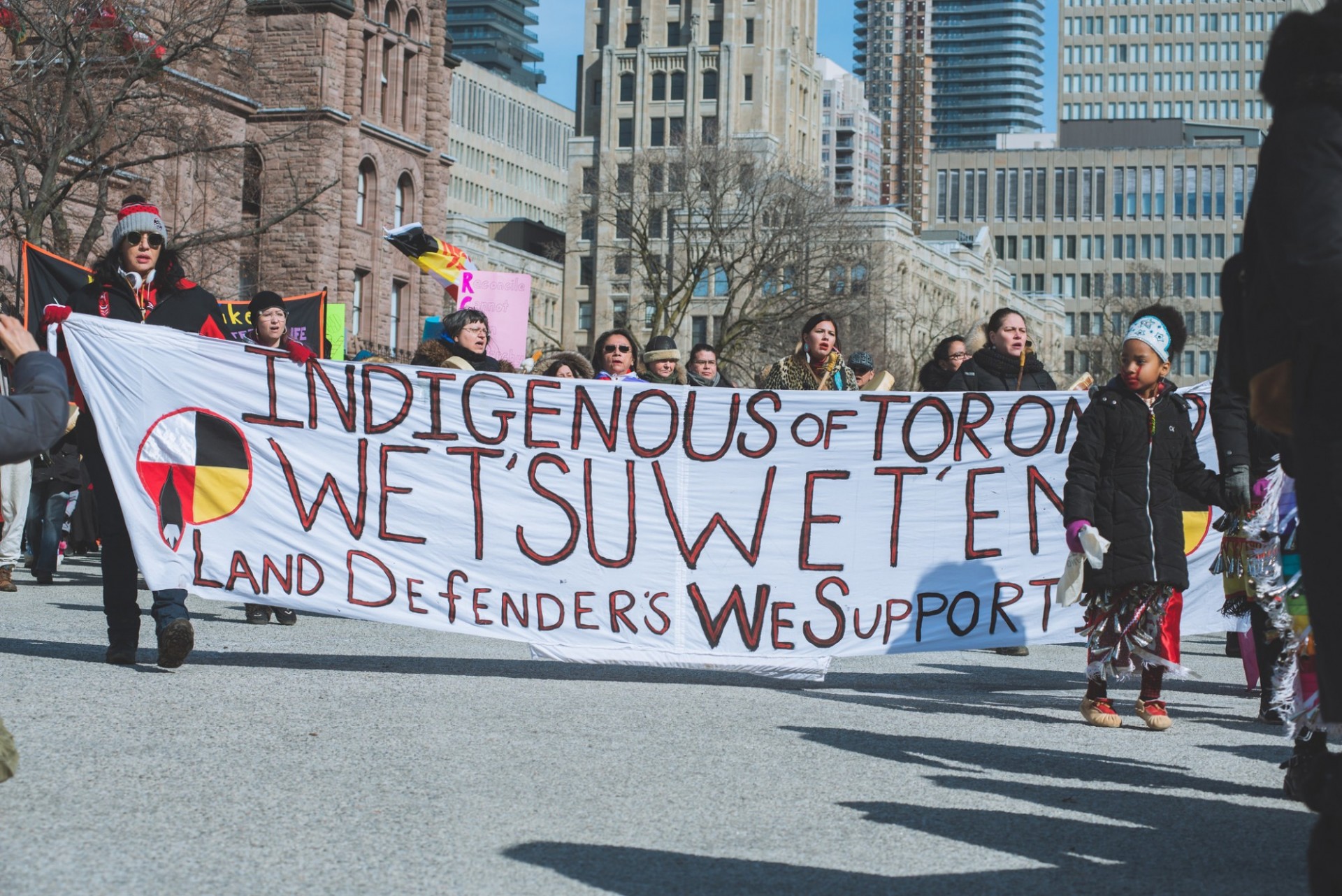C+S 2020 students are blogging about topics that interest them for Applications in Climate and Society, a core spring class.
There has been a recent rise in global indigenous activism, which focuses on protecting the environment and land rights that were stolen years ago by colonizers and continue to be violated by the government. This matter deserves wider attention because it’s high time we shift our focus from glorifying “explorers” such as Jacques Cartier and Christopher Columbus who did more harm than good for these communities.
The rise of activism today is the result of centuries of mistreatment and suffering. According to Amnesty International Canada, the government reported that around 91 indigenous communities were under boil water advisories as of January 2018, a number that does not include communities that lack water systems and have to buy bottled water. Indigenous communities in Canada also lack adequate housing and healthcare that is easily accessible by other Canadians. According to Indigenous Corporate Training Inc (ICTINC), 44.2 percent of First Nations people are still living on reservations and have houses that need significant repair, which ultimately ties to health issues as infectious diseases are passed on due to crowded living conditions. These are just some of the many examples of the suffering these communities go through daily.
But climate change is making matters worse and has had a particularly severe impact on indigenous communities. Their environment and land are at risk due to the forces of globalization, particularly the rapid development of oil resources approved by the government. Different governments have been in power, but the protests for rights have always been the same. In 2015, Justin Trudeau won power to form a Liberal government on a campaign of reconciliation with indignenous communities over the miseries they have endured. However, the same government was selected for a second term in 2019 and contradicted itself by allowing a pipeline to be built over indigenous land.
As a result of the government putting the temporary economic gain above rights, the Wet’suwet’en Nation is fighting over the Coastal GasLink pipeline and is the latest example of indigenous activism that uses people’s bodies and power in the courts to stop fossil fuel projects from going forward. In the U.S., there have been protests against the Dakota Access Pipeline in an effort to protect their land, water and rights. Unfortunately, the protestors met the same fate as the protestors in British Columbia, where police used their power to arrest protestors for the demonstrations and treat them harshly.
I sit here wondering how many more protests it will take for the governments to understand that indigenous communities are not asking for much. Protesters want to be recognized as people with rights and a promise from the government that their environment, land and culture will not be bargained. They want face-to-face meetings, cooperation and reconciliation that defends their rights and puts emphasis on it that their demands are just as crucial as other citizens residing in the country.

